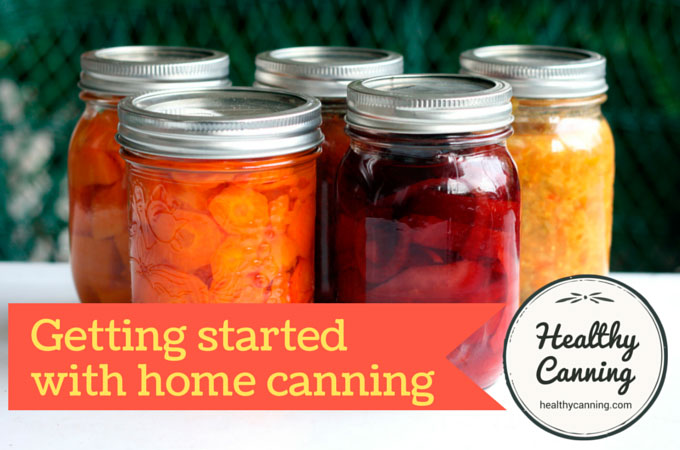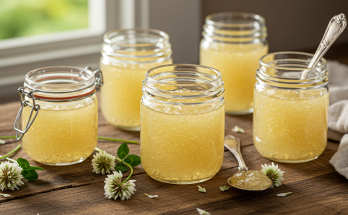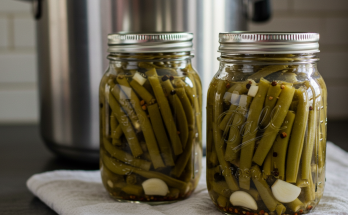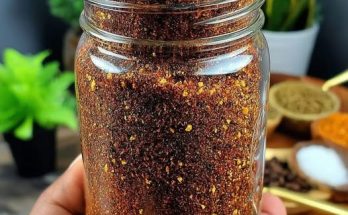
Home canning is like baking: it’s far more a science than an art. There are some basic rules to learn and follow in order to be successful. The good news is, the rules aren’t that hard to learn, and with everything online today, it’s easier to learn than ever before.
More good news: we’ve summed up all the basics you need to know as an overview to get a good foundation as a beginner.
Contents hide 1 Home canning is worth learning 2 First learning steps 3 Learn the underlying principles 4 Home canning information from blogs 5 Home canning resources in some other countries 5.1 Australia 5.2 Canada 5.3 New Zealand 5.4 South Africa 5.5 United Kingdom 6 Online home canning courses 7 Learning Resources for Youth Home canning is worth learning
If you introduce home canning into your home, you are going to discover the paradox that millions of home canners already know: your quality of eating (and living) is going to skyrocket, while your food costs and meal preparation times plummet.
Safe, proper home canning will be one of the greatest life skills you acquire.
It is absolutely worth the effort to learn it correctly right from the start.
First learning steps Get the USDA Complete Guide to Home Canning. Review how to identify reputable sources. Review the high-level core safety issues in home canning Learn to identify methods “purporting” to be canning, but which are unsafe Be aware of the two extreme camps of canners: Safe Canning Police vs Cowboy Canners Learn how to identify reputable sources of trusted home canning information Review the options for online learning Review the discussion of reputable online recipe sources Review the discussion of reputable printed recipe sources Understand the principles of water-bath canning Understand the principles of steam-canning (now accepted as of summer 2015 as an equivalent to water-bath processing. In fact, we recommend beginners do steam canning instead of water-bath processing. Note that is an operational preference, there is no safety or quality difference between water-bath and steam canning for high acid foods) Understand the principles of pressure canning. You may instinctively say to yourself, you will never do anything with the word “pressure” in it. That is fine, but even so, it’s very important that you do understand what must be pressure canned, so that then you can avoid canning those food products altogether without a pressure canner. Learn what altitude you live at and how that altitude may affect your home canning Learn the underlying principles
We would advise you if possible to take a bit of time first to inform yourself about the world of canning before you leap into it. Even when you are following a trusted recipe from a reputable source such as the USDA, it’s important to understand the best practices for operating a canner. That’s why the USDA Complete Guide’s very first chapter is called “Principles.”
Learn. Ask questions. Ask don’t be shy about asking “why”, either. Answers you get should be able to NOT ONLY tell you “why”, BUT ALSO cite current reputable sources to back them up. If not, then it’s just hearsay, and you know how reliable that is on the Internet these days. And don’t trust answers backed up with “I’ve always done it this way” or “that’s how my family did it, back to ancient Roman times.” Those answers are big red warning flags.
Later on, you can ponder the gourmet aspect of adding a basil leaf to a jar of strawberry jam. When you are first starting out, though, it’s truly important in canning to learn to walk before you fly. You must learn the methodology to ensure quality products.
We have listed many more learning resources for when your curiosity grows and you are ready to handle more in-depth information.
Home canning information from blogs
There are many good, informative home canning blogs out there that can inspire you to get moving and just do it!
That being said, when looking at actual recipes they might present, see if they credit the recipe to a reputable source and list any modifications they may have done. If they don’t list a source for the recipe, don’t be afraid to ask.
You always want to stick with tested recipes that are from reputable sources, many of which are just a click away. It’s okay if bloggers inspire you to make a pickle recipe from Ball or Bernardin and show you how they did that recipe; you just don’t want them to be making up their own canning recipes.
If they don’t provide a source that is a reputable source, thank them for their time and move on. There are over 2000 tested home canning recipes from reputable sources ready to challenge you: why would anyone spend any time on recipes that might be unsafe or spoil on the shelf?
HealthyCanning.com will always list the source for a recipe and any modifications that we made in making it.
Here’s a list of some reliable community partner bloggers and social media people: Online resources from the home canning community.

New to home canning? Don’t worry, just ask lots of questions!
Home canning resources in some other countries
Generic home canning resources for everyone.
Australia
Resources for Home Preserving in Australia
Canada
Bernardin
Canning supplies in Canada
Resources for home canning in Canada
New Zealand
Resources for Home Preserving in New Zealand
South Africa
Ball instructional video
Ball Canning (site taken down as of 2019)
United Kingdom
Resources for Home Preserving in the United Kingdom
The old British method of just “bottling” preserves is known to be unsafe now.
Online home canning courses
Online courses in home canning
Learning Resources for Youth
Put It Up! Food Preservation for Youth curriculum




